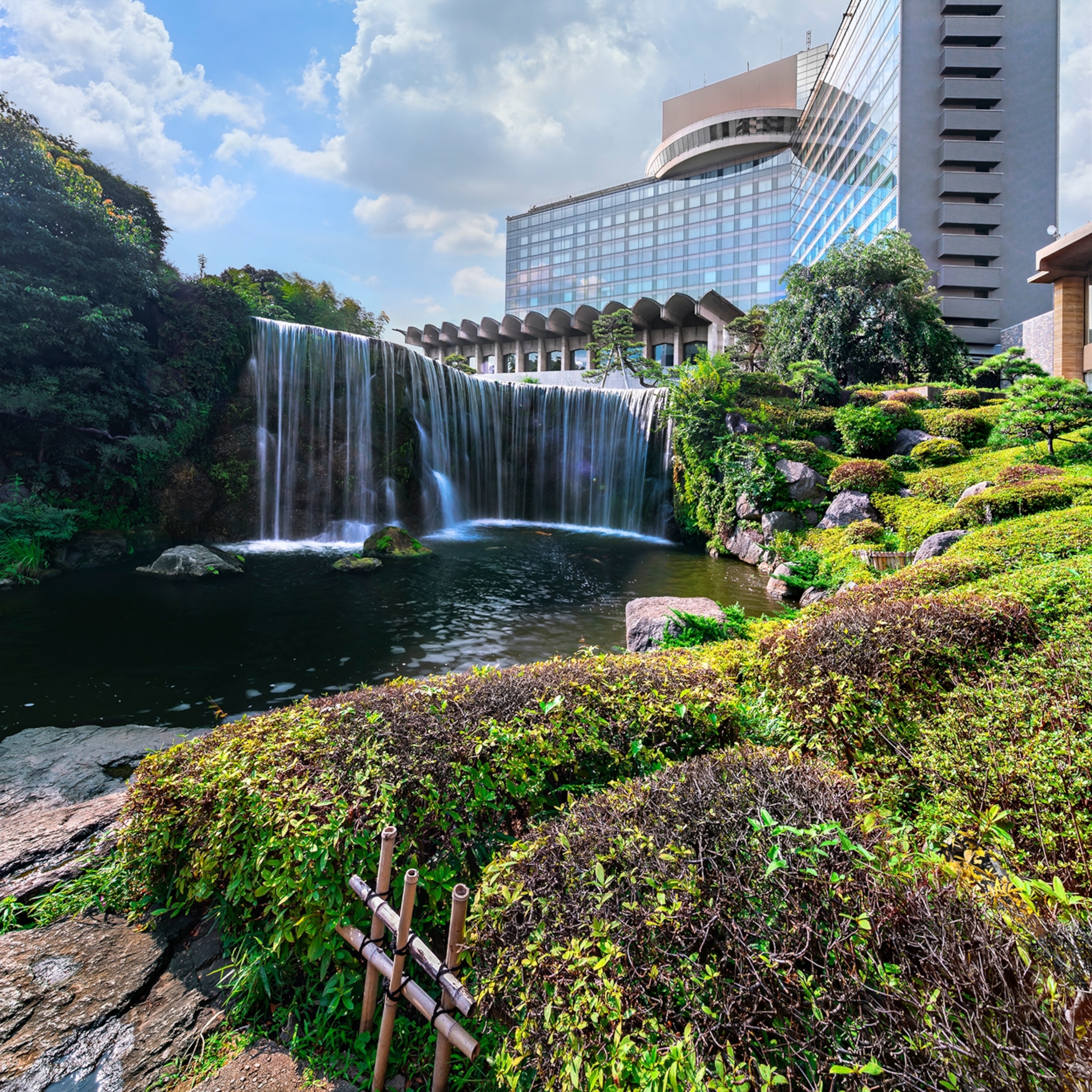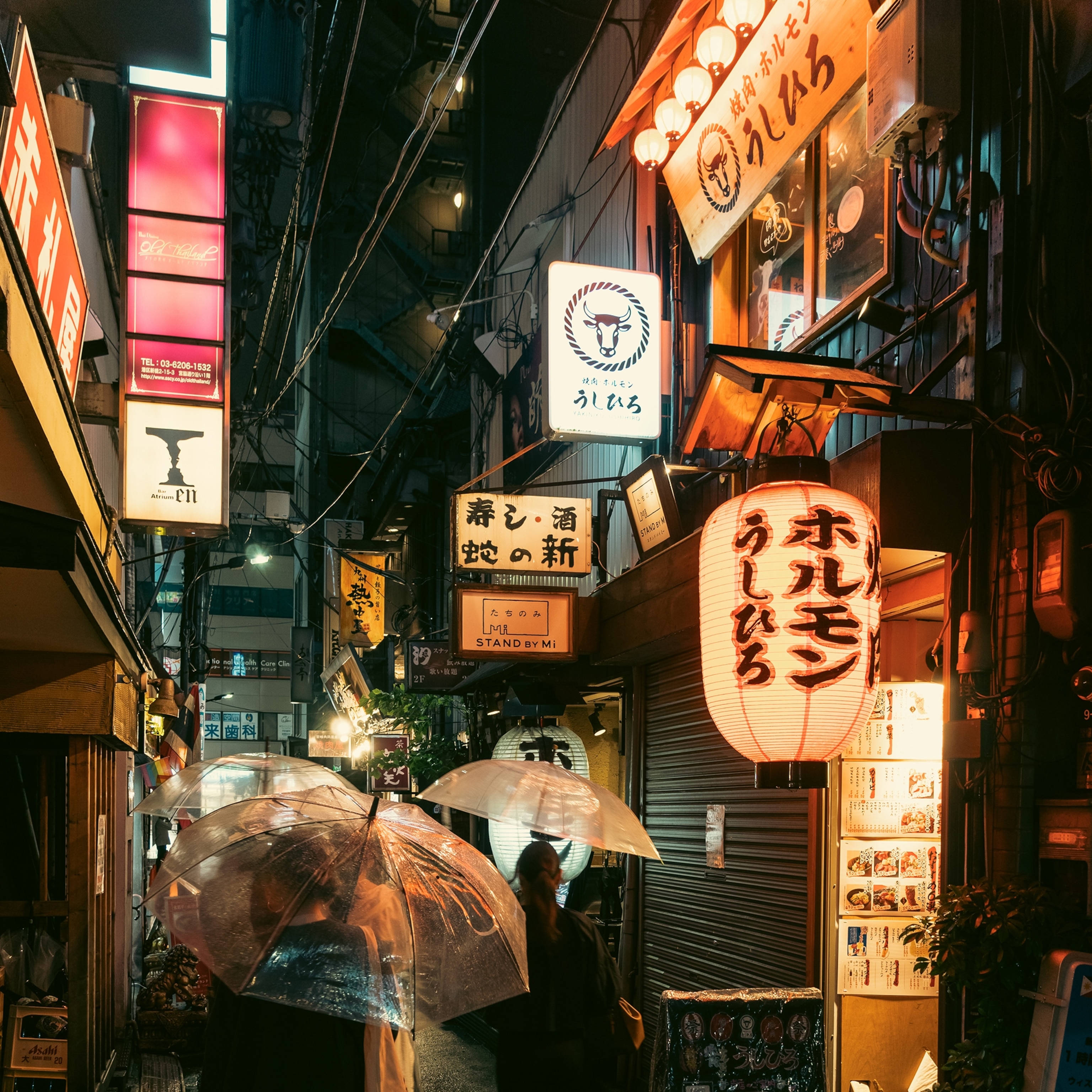A Local's Guide to Tokyo
Tokyo may be a city of extremes, but travelers can find the best of it between the ancient and ultramodern.
Clichés: Portrayals of Tokyo are riddled with them, frequently restricted to the ultratraditional and the absolute new, with the occasional bit of Japanese quirkiness thrown in for extra color.
Admittedly, Japan's capital—as one cliché goes—does have its contrasts and contradictions. In places, skyscrapers do cast a shadow over historic gardens. That kind of mishmash of old and new is one of the city's endearing qualities. It's just that the Tokyo I live in has so much more to it than that. There are multiple layers between the extremes.
When people stay with me from overseas, the first thing I like to do is take them on a stroll around my neighborhood, in the unfashionable Koto ward on Tokyo's east side, and show them Tokyo as most Tokyoites know it—rarely a cosplayer or geisha in sight. They take in the local supermarket, see the nursery school kids getting wheeled to the park for playtime in oversize laundry trolleys, and experience other everyday Tokyo moments.
If visitors are up for a longer walk—and Tokyo is a great city for walking—next has to be a day in the east-end neighborhoods of Asakusa and Ueno, the heart of Tokyo's old shitamachi. Literally meaning "low city," the shitamachi was home to Tokyo's lower classes—its merchants, craftsmen, and sailors—who in turn shaped much of the city's culture and traditions during the Edo era from 1603 to 1868.

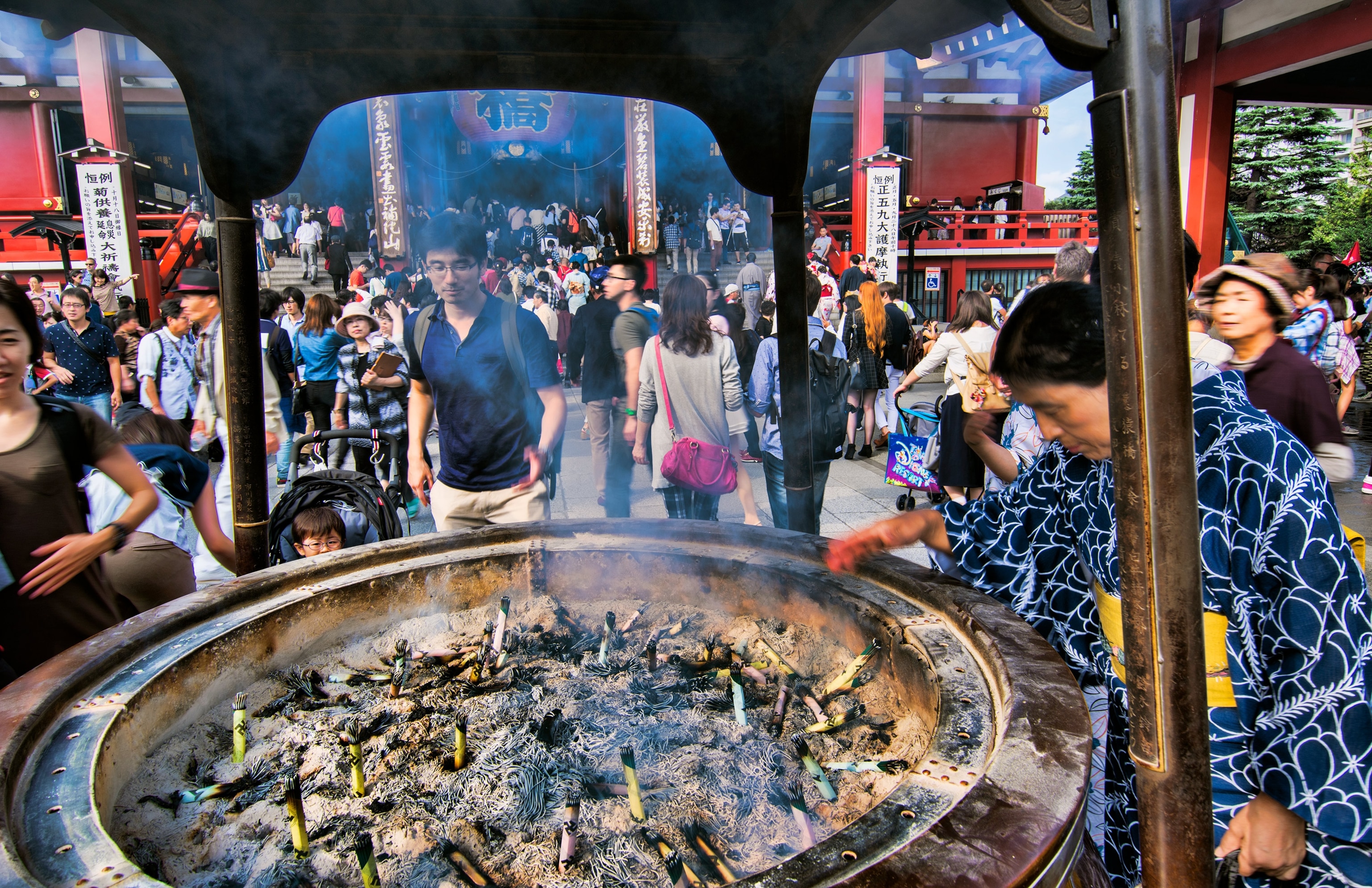
From the roofed gateways and five-story pagoda at Asakusa's Senso-ji Temple, west to Asakusa's backstreet yakitori-ya (grilled chicken restaurants), and then through to the catering industry stores along neighboring Kappabashi-dori, before finally reaching Ueno's cramped yet vibrant Ameya-yokocho street market and the far calmer Ueno Park, it's a walk that really gives a sense of Tokyo and its roots: a little disheveled, put together with almost no logical planning, but full of color and variety.
Not that there is anything wrong with the more cosmopolitan, polished parts of Tokyo. Fashionable Omotesando is a lovely area to walk around, almost like popping back to Europe for me. The main tree-lined Omotesando-dori is defined by high-end brands and contemporary architecture—the Tadao Ando-designed Omotesando Hills Mall combines both—while in the backstreets are lots of smaller boutiques, hip street fashions, and cool cafés.
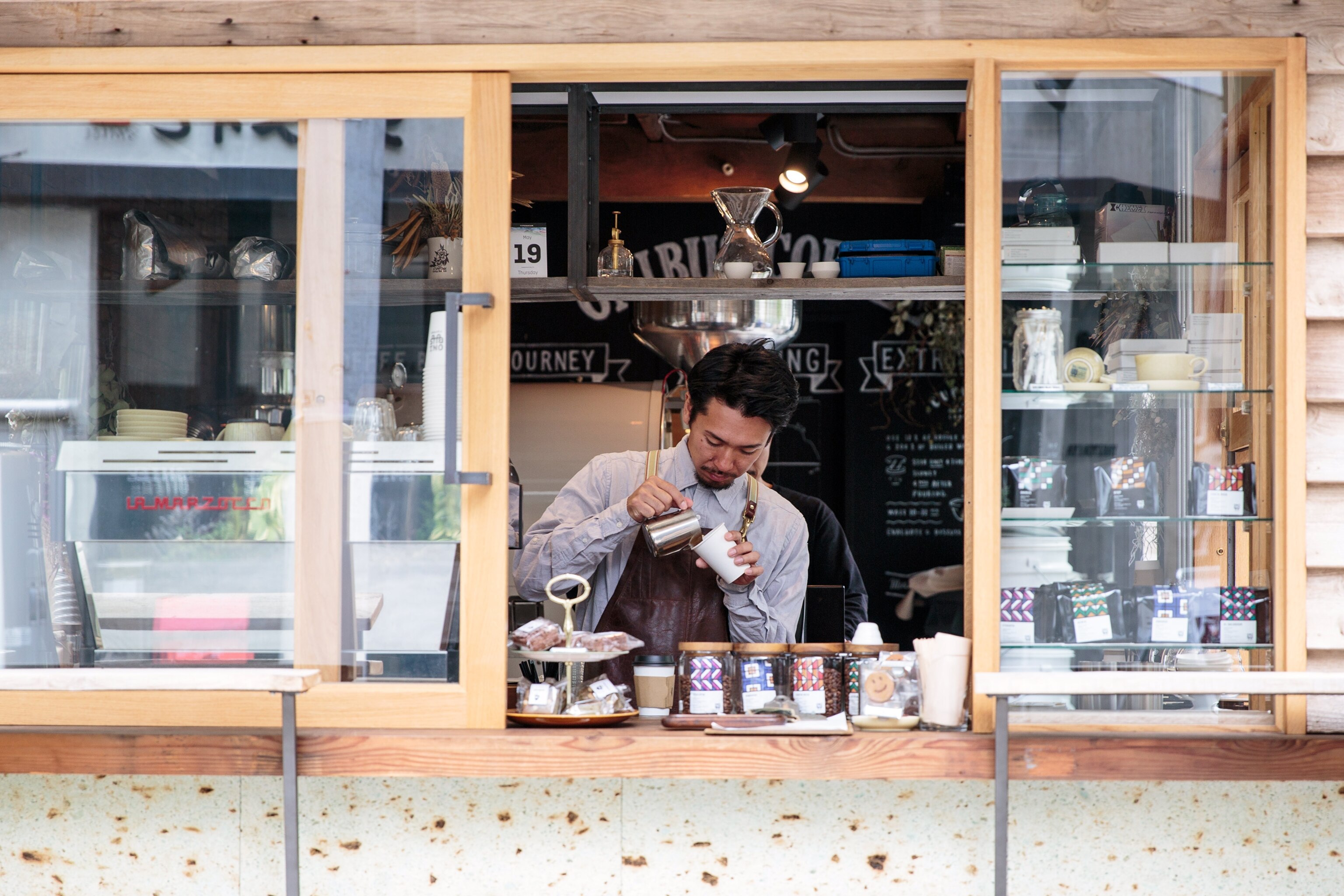
Although if you want really good coffee—Tokyo's latest trend—come east again to the neighboring Kiyosumi-shirakawa and Kiba Park areas. Set up in old warehouses and former workshops, much like the small galleries that have long been enjoying this part of the east side's relatively affordable rents, are the Tokyo roasters of overseas café chains like Blue Bottle and Allpress, plus local operations such as Arise Coffee Roasters and The Cream of the Crop, which together are helping introduce Tokyoites to single-origin beans, flat whites, and long blacks.
Close to 13.5 million people call Tokyo home, yet as a parent I love that Tokyo is still safe enough to let kids roam free—and that there's no social stigma in doing so. Under the watchful eye of PTA patrols and retired volunteers guarding busy crossings, even elementary school kids can walk, take a bus, or ride the subway to and from school alone.
Despite the concrete jungle image, Tokyo has plenty of natural spaces, too. My local garden, Kiyosumi Teien, is one of the best that I know. Dating to the Edo era, but molded into its current shape in the 1870s by the founder of Mitsubishi, the garden's centerpiece is a large carp-filled pond dotted with small islets, which themselves are accented by ornamental pines and near-motionless herons. The $1.50 (about 150 yen) day pass here is a ticket to peace and quiet, to be enjoyed year-round.
In late March, when the annual wave of cherry blossoms reaches Tokyo, Shinjuku Gyoen is another natural highlight. It’s a mix of traditional Japanese and classical European garden design, dappled pink by the cherry blossoms, or sakura. In April, it has to be Nezu Shrine for the thousands of pink, purple, and white azalea bushes that transform the shrine's grounds. In June, the iris garden at Meiji Jingu Shrine—at one end of Omotesando-dori—is another treat. Each season, each month brings something new.
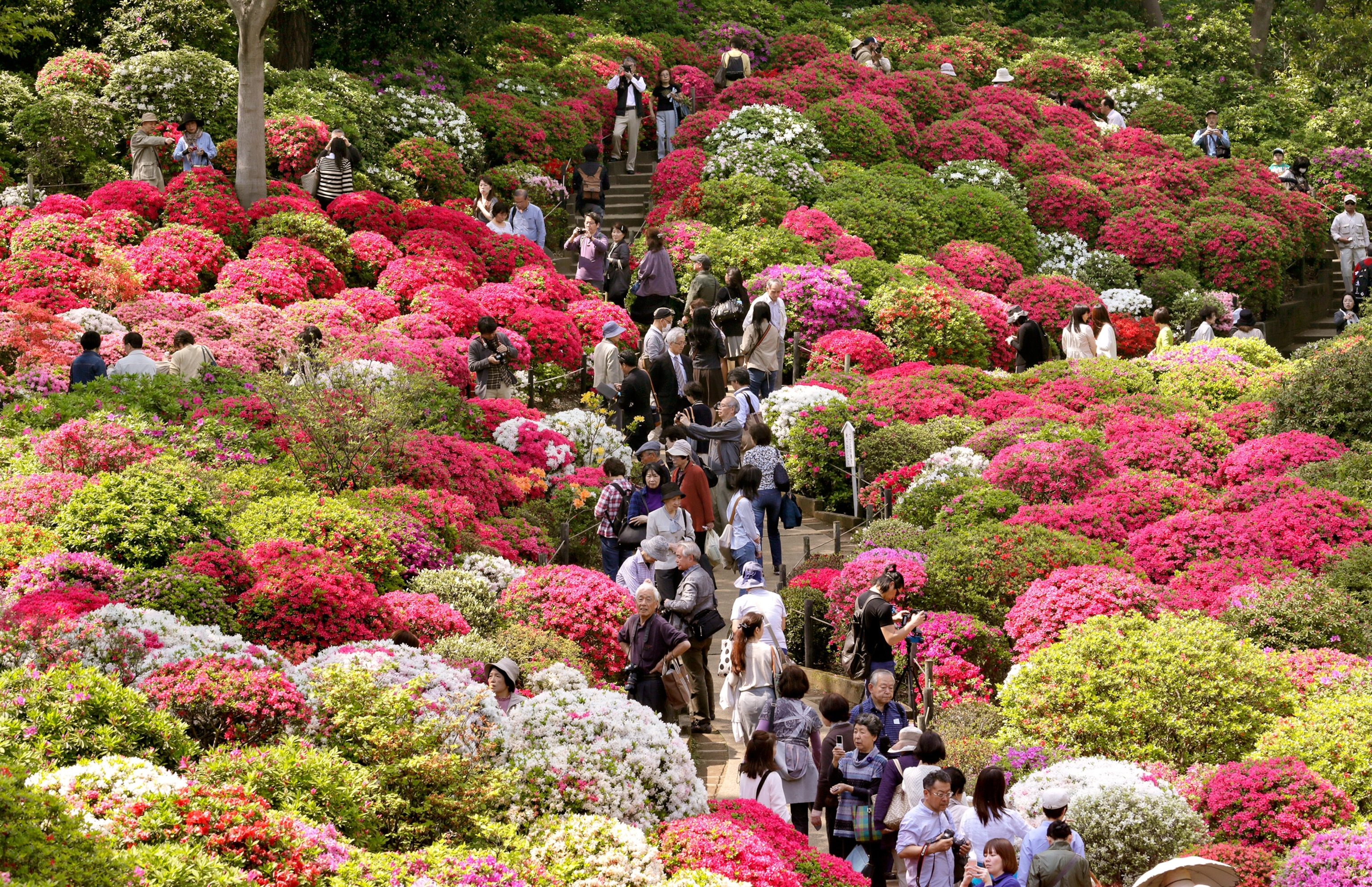
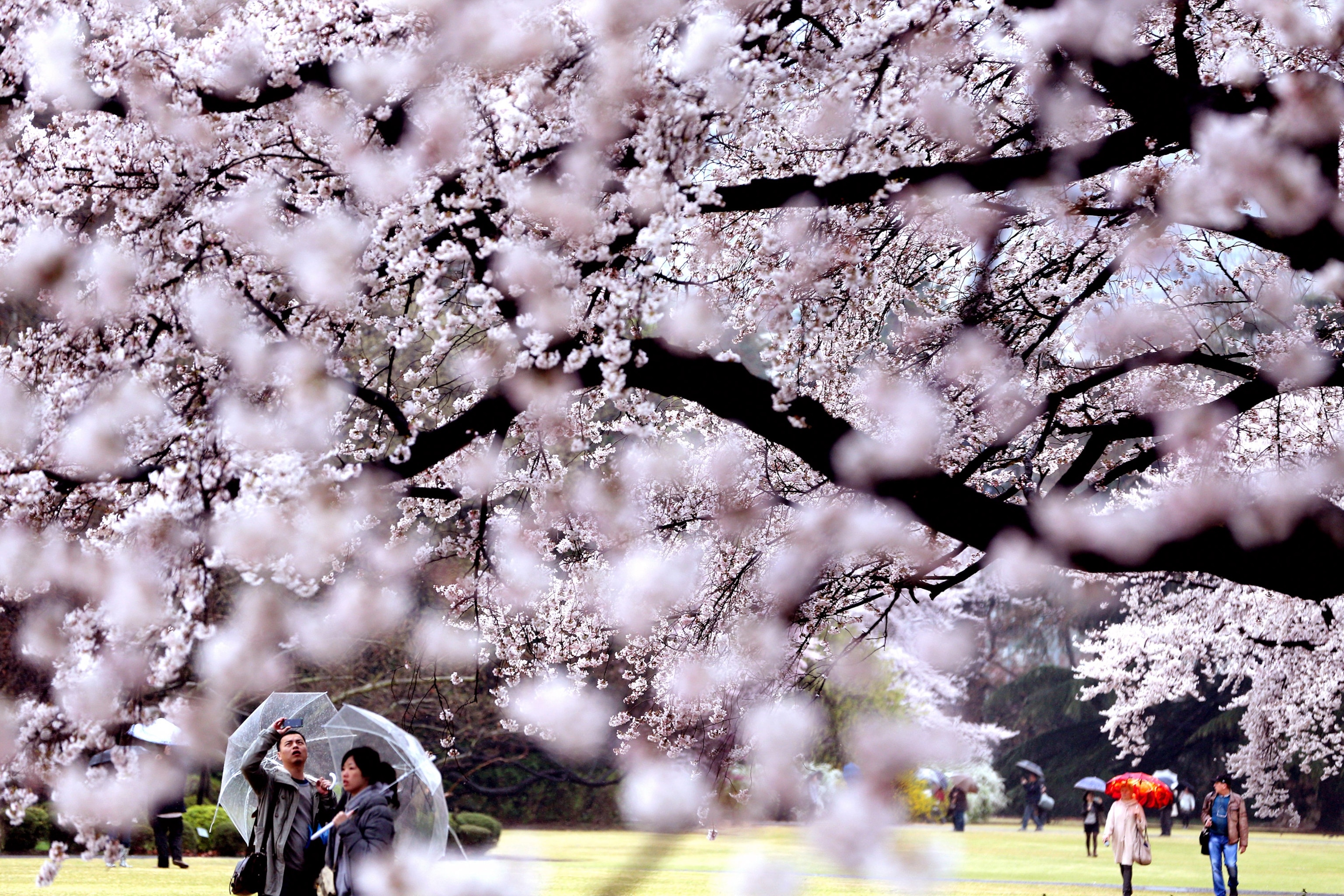
That includes festivals. Forget the overly formal Japanese stereotype; Japan loves an excuse to celebrate, and Tokyo has worked dozens of festivals into the calendar, with annual highlights like the Sumida River Fireworks Festival at the end of July (although the 2016 event was canceled due to rain) and the Koenji Awa-odori Dance festival in late August, among the biggest and most frenzied.
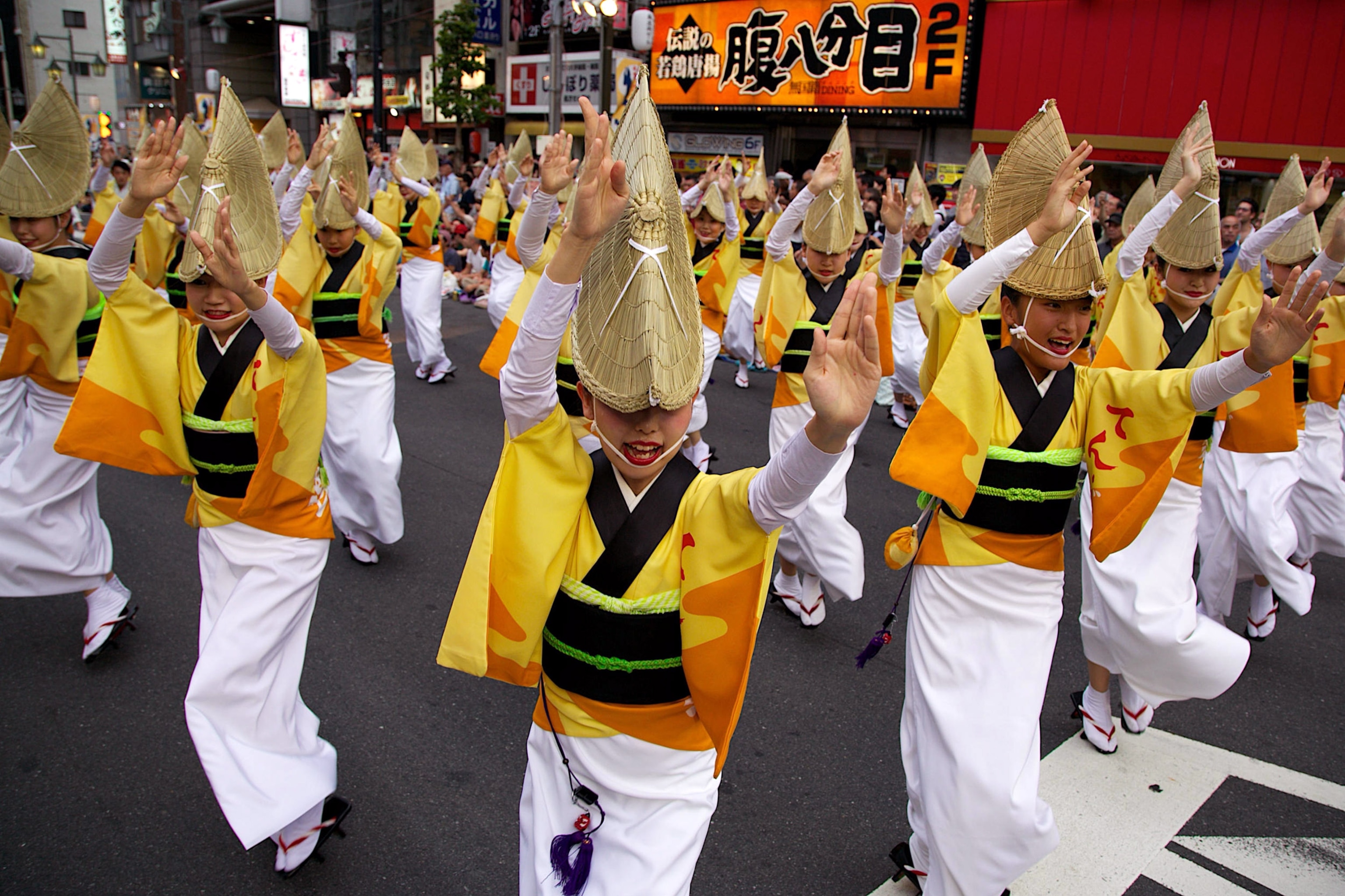
More than anything, though, I like Tokyoites. I’m married to one. Maybe because Tokyo has been destroyed and rebuilt so often—by fires and by earthquakes—they aren't precious about pulling things down and starting again. Nothing is permanent, and that gives their city a dynamism.
Yes, Tokyoites have a reputation for being reserved—and having been here through the Great Tōhoku Earthquake in 2011 and the months of aftershocks and radiation readings that followed, they certainly have a stiff upper lip—but head to an izakaya for a spot of sashimi, some yakitori, and a few drinks, and even through the language barrier you’ll find humor and warmth. You’ll see that many Japanese can hold their drink, too—debunking another cliché.
Experience Rob's favorites in Tokyo:
You can see Tokyo best from the observation decks at Tokyo Skytree, the second tallest structure in the world at 634 meters (2,080 feet).
If you have kids, head over Rainbow Bridge to the man-made island of Odaiba in the Tokyo Bay area. With the futuristic Miraikan science museum, Joypolis indoor amusement park, and small Legoland Discovery Center, it's Tokyo’s best family day out.
To find out what's going on at night and on the weekends, read Time Out Tokyo or Tokyo Cheapo.
To find the best places to eat, read Bento.com.
- National Geographic Expeditions
In the summer you should try a night at one of the beer gardens that pop up on department store rooftops.
In the winter you should head to Ryogoku—Tokyo's sumo heartland—to try a hearty chanko nabe, the hot pot sumo wrestlers eat to bulk up.
Many of Tokyo's best museums are in and around Ueno Park, with the vast collection of artifacts and antiquities at Tokyo National Museum and the reconstructions of Edo-era streets at the Shitamachi Museum being standouts.
For art, visit the Roppongi area, which by night is known for its varied restaurants, clubs, and bars, but is also home to the National Art Center and leading contemporary venues like the Mori Art Museum and 21_21 Design Sight.
You can tell if someone is from Tokyo if they can be in a deep sleep on the morning commute and yet magically wake up just as the subway pulls into their stop.
To unwind, just outside Tokyo—especially west in Hakone or north in Nikko—you can stay at traditional Japanese inns, enjoying a night in tatami-mat rooms and soaks in natural hot springs.
Follow Rob Goss on Instagram @tokyofreelance.
